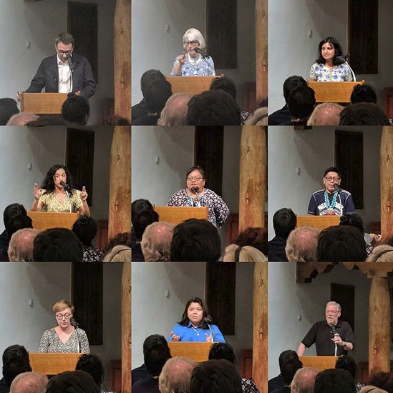
Listen to the Introductory Presentations by SAR’s 2019 Resident Scholars, Interns, and King Native Artist Fellow
SAR Announces 2019-2020 Resident Scholars: C.J. Alvarez, Patricia Crown, Rashmi Sadana, Fátima Suárez, and Davina Two Bears.

SAR Announces 2019-2020 Resident Scholars: C.J. Alvarez, Patricia Crown, Rashmi Sadana, Fátima Suárez, and Davina Two Bears.

As a young Native scholar I’d studied Native activism and Red Power and got involved in activism; one of the names that stood out in the back of my mind, the person I’d always wanted to know more about, was Richard Oakes.
2019. Edited by Holly F. Mathews and Adriana M. Manago
The contributors to this volume draw upon field research and in-depth qualitative data from different parts of the world to explore the reasons for women’s varied psychological responses to patriarchy.
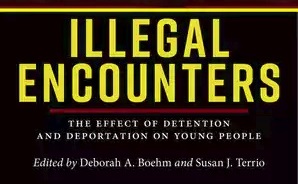
After Deborah Boehm finished her book Returned: Going and Coming in an Age of Deportation, which she partially wrote as an SAR Research Associate in 2013, she knew she needed to do more. During her research, she had formed deep relationships with immigrant families impacted by deportation. “Many of those I had interviewed had been also been detained, and their stories were so harrowing,” she says. “Their lives had been unraveled by state action.”
2019. Edited by Sarah Besky and Alex Blanchette
The authors of this volume push ethnographic inquiry beyond the anthropocentric documentation of human work on nature in order to develop a language for thinking about how all labor is a collective ecological act.

SAR board member and eminent archaeologist, Jerry Sabloff has devoted considerable effort to the study of settlement patterns in Mexico and Central America—the when, where and how non-elite Maya people lived and worked. Sabloff discusses his discoveries in a Q&A interview in the 2019 issue of Knowable Magazine and presents on the topic in this fall’s SAR In-Depth course.
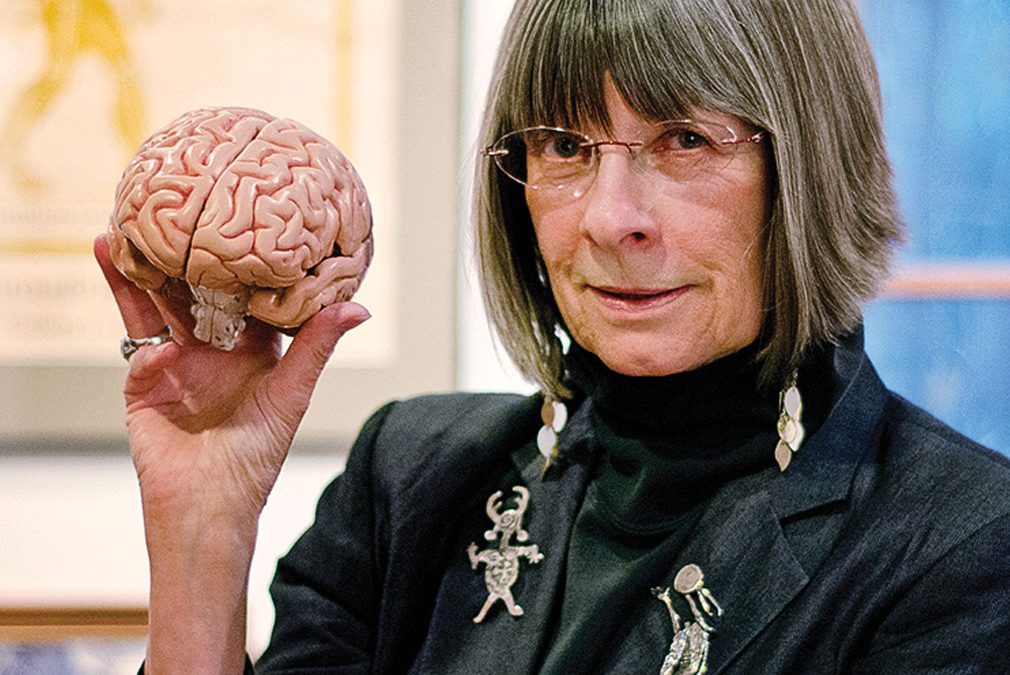
At the heart of her research, SAR senior scholar Dean Falk asks, “What can fossils, babies, and Einstein tell us about the way our brains have evolved?” Falk addressed this question and more during a tour of lectures and interviews across western Australia this summer, where, on the Australian Broadcasting Corporation (ABC) Radio program “Late Night Live”, she touches upon evolution and language, the uniqueness of Einstein’s brain, and “hobbits”, or the newly discovered (and short) human species, Homo floresiensis.
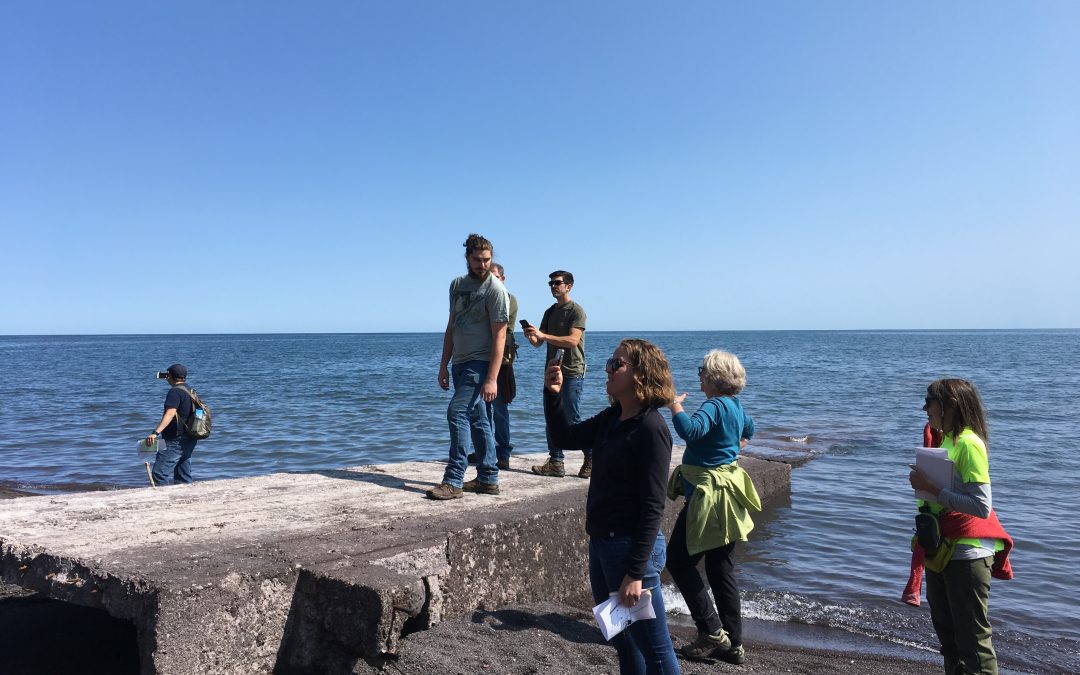
SAR senior scholar, Carol MacLennan, has focused her research on mining policy in the US and is currently completing her manuscript, Laid to Waste: Lessons from 100 Years of Mining, which explores the ongoing cultural and environmental impact of copper mining in New Mexico and Michigan.

SAR Announces 2019-2020 Resident Scholars: C.J. Alvarez, Patricia Crown, Rashmi Sadana, Fátima Suárez, and Davina Two Bears.
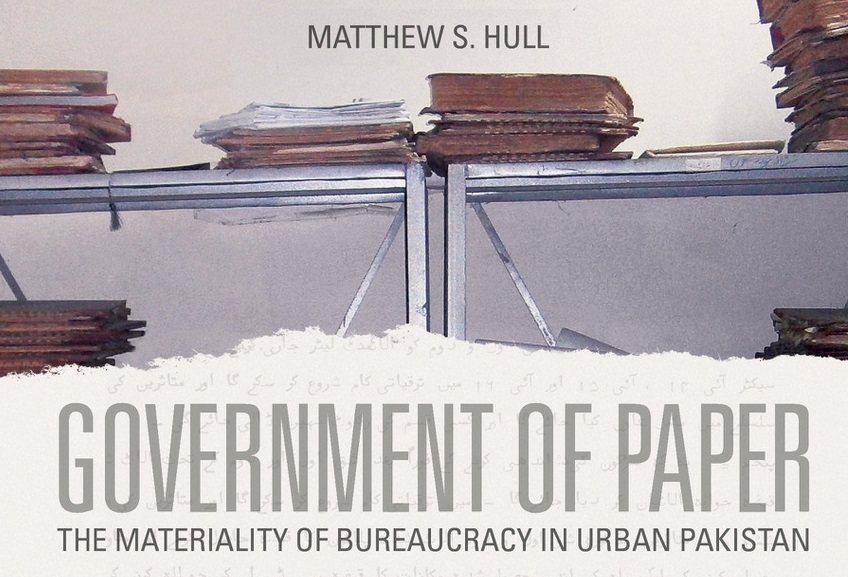
Cities are shaped as much by paper and rubber stamps as they are by bricks and mortar, argues Matthew Hull in Government of Paper. By tracing the unexpected ways in which documents travel, he exposes the secret life of paper that profoundly shapes the built landscape of the planned city of Islamabad, and more broadly, gives us new ways of understanding bureaucracy on a global scale.